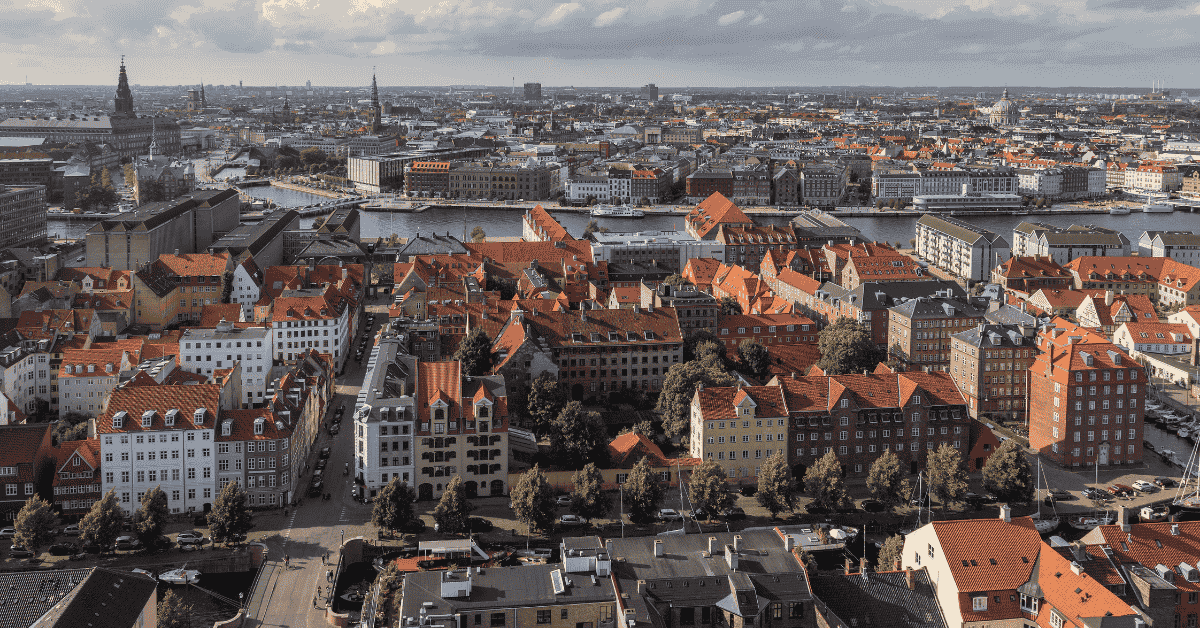As housing prices in Copenhagen soar to record levels, local politicians are promising solutions. But experts warn that real change will be slow and incremental, with structural problems rooted in supply shortages and high construction costs.
Housing Prices in Copenhagen Surge
Copenhagen’s housing market continues to spiral upward, with average apartment prices increasing by approximately $70,000 in just six months. According to Denmark’s Ministry of Finance, housing prices are expected to keep rising, putting additional pressure on first-time buyers and renters alike.
Currently, demand far outpaces supply. The city’s population has grown by about 130,000 over the past decade, while housing development has failed to keep pace. High costs, limited land availability, and planning delays contribute to the crisis.
Despite promises from local politicians ahead of Denmark’s upcoming municipal elections, experts warn that no immediate relief is in sight. Economists stress that while cities can influence zoning and building permissions, reversing price trends will be challenging.
High Housing Prices in Copenhagen: The Root of the Problem
Economists agree that Copenhagen’s housing market is, at its core, a classic case of supply and demand. There are simply not enough homes to meet the needs of a growing urban population. Although areas like Nordhavn have seen a boom in new construction, it remains insufficient.
Efforts to build more homes could help stabilize prices over time. However, experts caution that the pace of population growth consistently outpaces political and bureaucratic responses. The result is fierce competition for both rentals and properties for sale.
Whether city politicians prioritize affordable public housing or owner-occupied housing largely depends on political alignment. For instance, members of the Social Democrats are advocating for more state-subsidized and owner-occupied homes, while the Liberal Party (Venstre) wants to scale back public housing in favor of more privately owned apartments.
What Type of Housing Will Help Most?

About 22 percent of homes in Copenhagen are owner-occupied, while public housing accounts for 20 percent. Private rentals make up 30 percent, and housing cooperatives comprise 28 percent. This distribution influences which market segments feel the most pressure.
Moderating high housing prices in Copenhagen depends largely on increasing the total housing supply. Whether that comes in the form of public or private housing may be less important than simply ensuring enough construction overall.
Challenges in Building Affordable Public Housing
Left-leaning parties in Copenhagen advocate for more public or subsidized housing, especially for families with average or below-average incomes. Yet building public housing is easier said than done.
A key constraint is a national regulation on the cost of constructing such homes. In 2025, the maximum allowable construction cost per square meter is set at roughly $3,500. But rising land and building costs in Copenhagen make it nearly impossible for developers to meet that threshold.
Public housing specialists explain that while new units aren’t always cheap initially, their affordability grows over time compared to market-rate properties. This means that building subsidized housing today is a long-term investment in keeping cities livable.
Looking Abroad for Inspiration to Lower Housing Prices in Copenhagen
Several Copenhagen politicians are exploring international housing models to help younger residents break into the real estate market. Some suggest a version of Oslo’s system, where buyers start by purchasing part of a home while renting the rest, gradually increasing ownership over time.
Others admire Viennese policies. Vienna’s government owns and manages about 220,000 rental units, ensuring long-term affordability. Large-scale cooperative housing has also been successful there.
Still, housing economists caution that foreign solutions cannot simply be copied and pasted. Denmark’s housing market, legal framework, and social structure differ in key ways. Efforts must be carefully adapted to local conditions.
Lessons from Aarhus
Experts highlight Aarhus, Denmark’s second-largest city, as an example of more balanced development. Prior to the 2008 global financial crisis, Aarhus had housing prices on par with Copenhagen. However, the city managed to build enough, especially smaller units, to satisfy growing demand.
Copenhagen, by contrast, focused on constructing large apartments, often at premium prices. This has contributed to a bottleneck, particularly for families and first-time buyers.
Long-term planning, increased construction, and room for innovative housing models may eventually ease Copenhagen’s housing crisis. But for now, relief remains a distant prospect.







